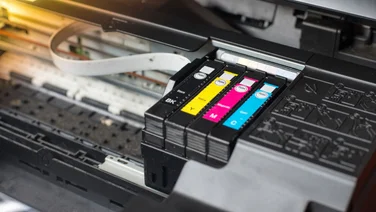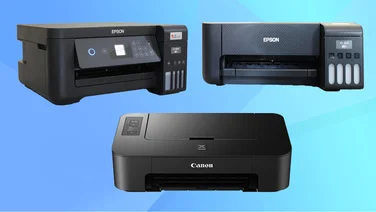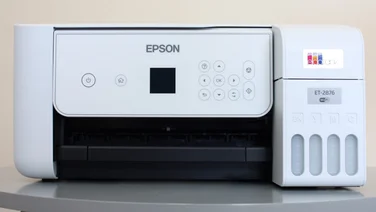To help us provide you with free impartial advice, we may earn a commission if you buy through links on our site. Learn more









The WB700 is an update to the Samsung WB600, an impressive compact ultra-zoom camera that undercut its competitors on price without compromising image quality.
Things have moved on a great deal since summer 2010. The WB600’s 15x optical zoom was the biggest ever to grace a compact-shaped camera. The WB700 has an 18x zoom, but that’s not so remarkable by today’s standards. Nikon got to 18x first with the excellent S9100 and the Olympus SZ-30MR recently smashed that record with its 24x zoom.

Samsung’s camera should be a little cheaper than its rivals, but with the Nikon S9100 currently available for £200, the minimal difference is unlikely to sway many shoppers. The WB700 looks distinctly budget, though. The 3in, 230,000-pixel screen looks blocky, the back of the camera makes no concessions for aesthetics and the etched button labels are hard to see.

We like cameras that respond quickly to user input. Sadly, this isn’t one of them. Just over two seconds to switch on a take a picture is acceptable, but 4.2 seconds on average between shots is far too slow. Switching from Smart to Program mode improved shot-to-shot time to 2.9 seconds, but that’s still twice as slow as the Nikon S9100. The lack of an orientation sensor is another obstacle to expedient use, as it means that portrait orientated photos must be rotated manually after copying to a computer.
The amount of photographic control is more impressive. Technically minded photographers will appreciate the full complement of priority and manual exposure modes, manual focus and even automatic exposure bracketing. Casual users aren’t forgotten, with a range of fun effects such as Soft Focus and Old Film. However, considering that selecting Old Film adds animated scratches to the live preview, it’s disappointing that it’s only available for photos and not videos.
The 18x zoom may not be record-breaking but it’s still an impressive achievement, stretching from a wide-angle 24mm (equivalent) focal length all the way to a paparazzi-like 432mm. However, in order to achieve this, the WB700 uses just the central 14-megapixel area of its 16-megapixel sensor. This isn’t good news for detail levels, as 1/2.3in, 16-megapixel sensors tend to produce a lot of noise, and the ensuing noise reduction smears details. In the WB700, there isn’t even the small compensation of having massive 16-megapixel photos.

The WB700 is noisier than its immediate competitors at ISO 1600 – Click on the image to enlarge it
Comparing our studio test shots at ISO 1600, the WB700 was noisier than the 16-megapixel Olympus SZ-30MR and much noisier than the 12-megapixel Nikon S9100. At their slowest ISO speeds, the WB700 still exhibited a little noise and couldn’t match the others for detail levels, especially towards the corners of frames at focal lengths between 50mm and 150mm.
In practice, these issues had little impact in brightly lit conditions, where its photos looked perfectly sharp when resized to fit a computer screen or for normal print sizes. However, the WB700’s disadvantage was more apparent in low-light shots without the flash. Grainy noise dominated darker areas of photos and delicate tones were drained of all colour, giving an unsightly patchwork of coloured and grey blotches.

Low light performance was unimpressive – Click on the image to enlarge it
The WB700’s videos didn’t make the grade, either, not least because their 720p resolution can’t match the 1080p videos from the Nikon and Olympus cameras. Optical zoom was available while recording but focus was fixed for the duration of clips. That wasn’t a serious problem for wide-angle shots where a wide depth of field meant everything stayed largely in focus, but telephoto videos were often spoiled by inaccurate focus. Image noise was a problem once again, smudging details in bright light and obliterating shadows in low light.
Last year, compact ultra-zoom cameras were much of a muchness in terms of image quality. This year, the situation is reversed. The WB700 is by no means a disaster but – as other camera manufacturers are zooming ahead for image quality – Samsung remains in the slow lane.





